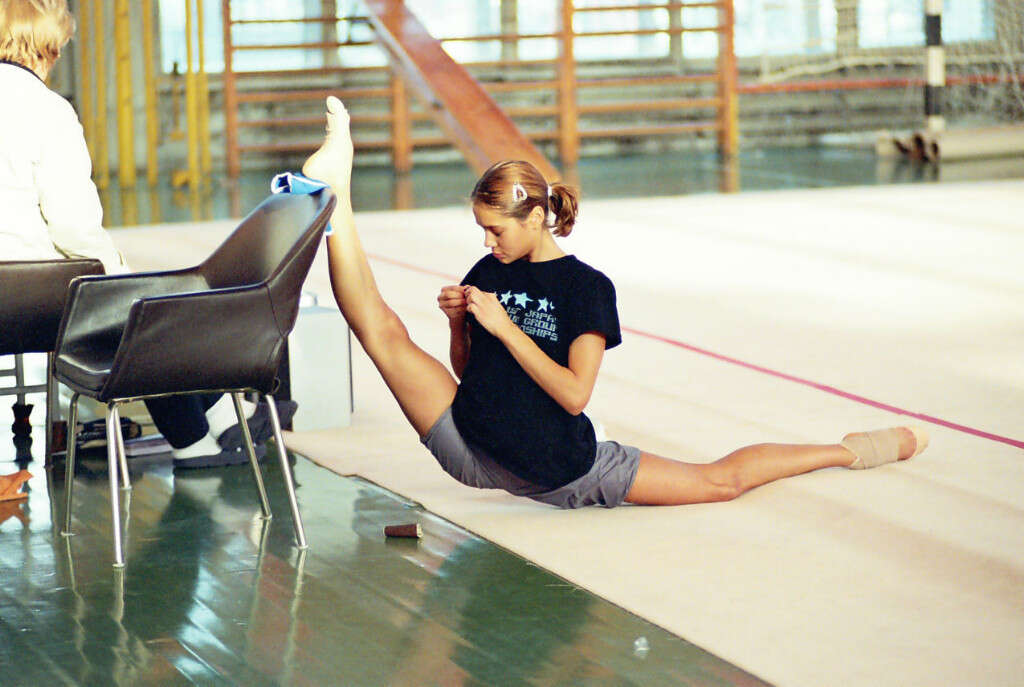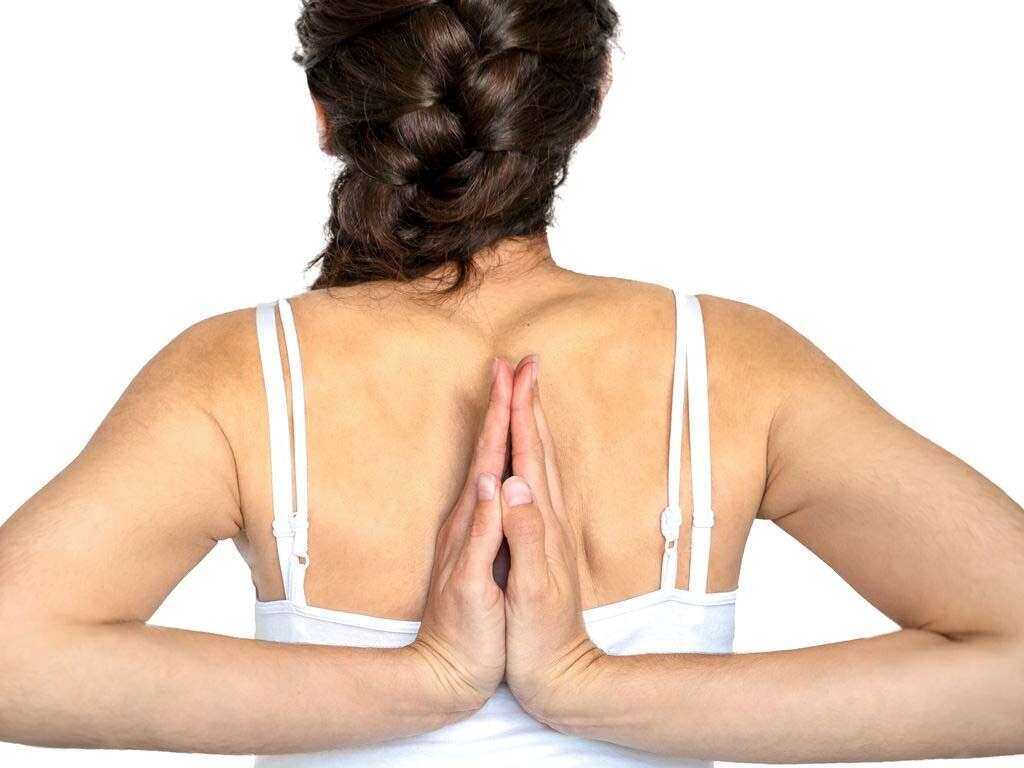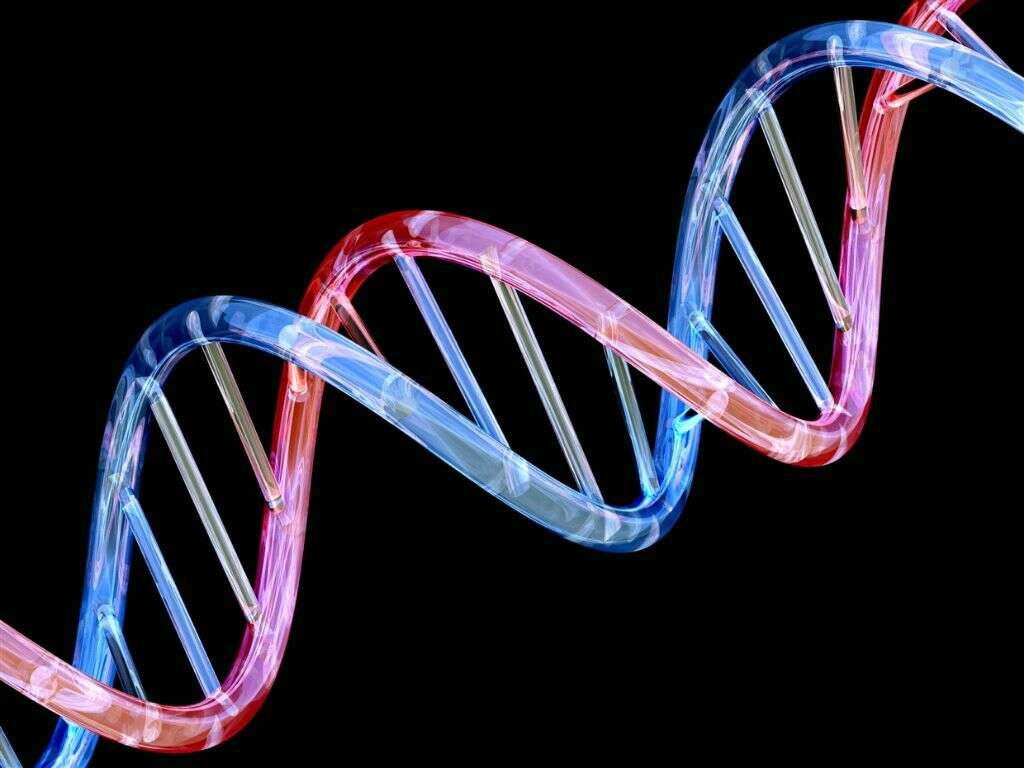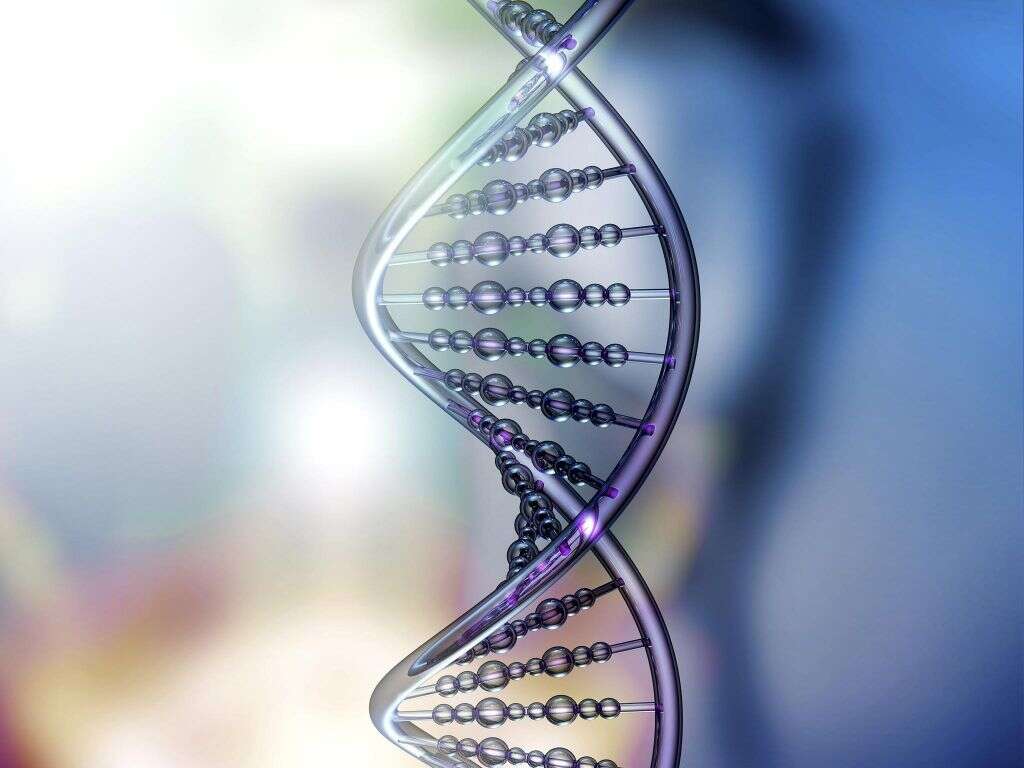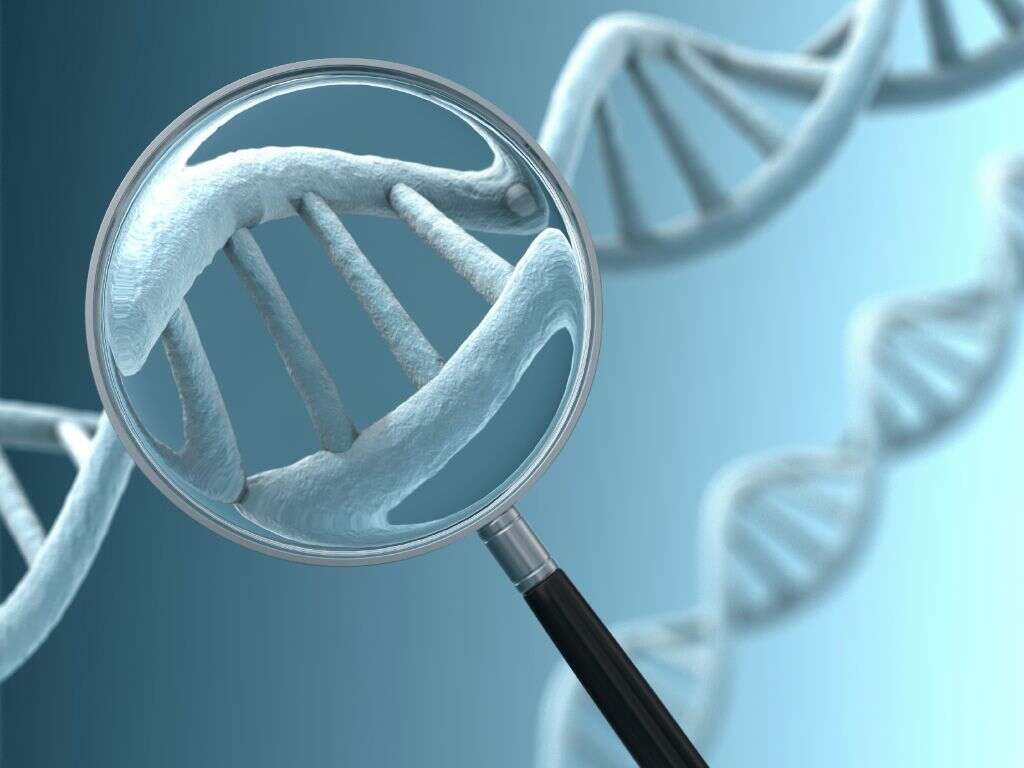10 Ehlers Danlos Syndrome Symptoms
Ehlers-Danlos syndromes refer to a group of genetic connective tissue disorders. Symptoms may be noticeable as early as after birth or during early childhood. These disorders usually occur due to a gene mutation resulting in defects in the processing or structure of collagen.
The diagnosis can be confirmed through a skin biopsy or genetic testing. Misdiagnoses of depression and hypochondriasis may occur. Although there is no cure, supportive treatment is available in the forms of bracing and physical therapy.
While it does not usually affect life expectancy, cases that involve defects in blood vessels can result in a shorter life expectancy. Ehlers-Danlos syndromes affect about 1 in every 5,000 individuals worldwide.
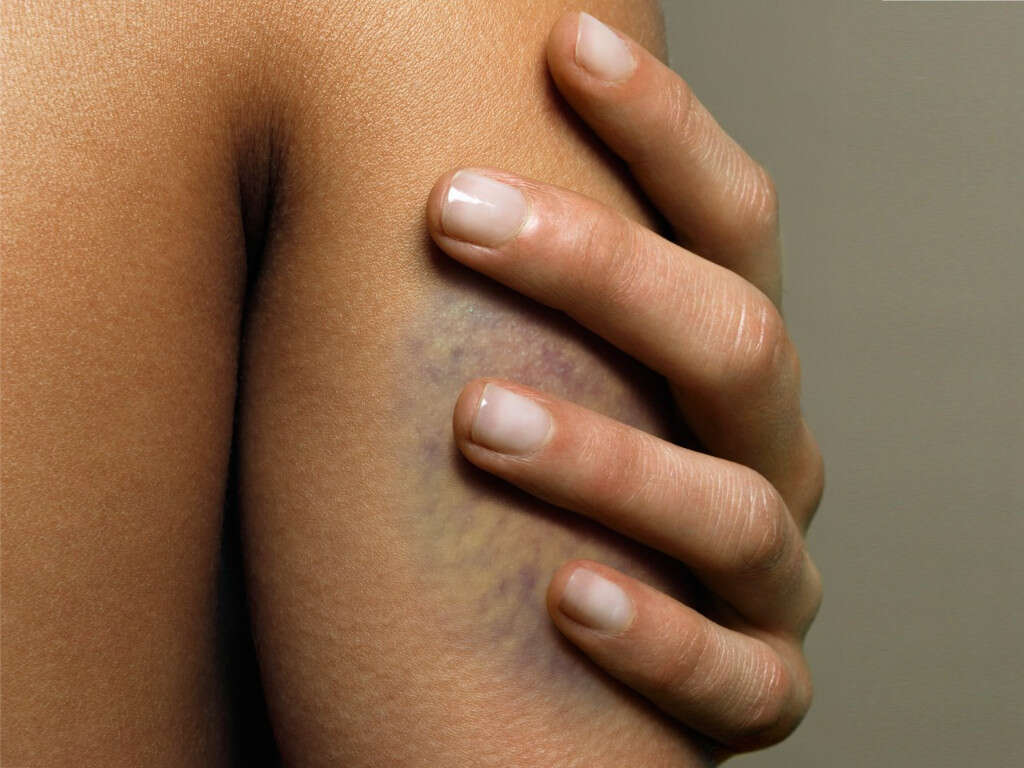
Symptom #1: Painful Bump Below Knee
Osgood-Schlatter disease is a condition that is common among patients with an Ehlers-Danlos syndrome. Also known as apophysitis of the tibial tubercle, it occurs when there is inflammation of the patellar ligament at the tibial tuberosity. This causes a painful bump that is located below the knee. The pain worsens when there is increased activity and improves with rest.
There may be recurring episodes of pain that may last several months affecting one or both knees. To help with the pain, application of cold packs, strengthening and stretching under the direction of a physical therapist, rest, and pain medication are options.
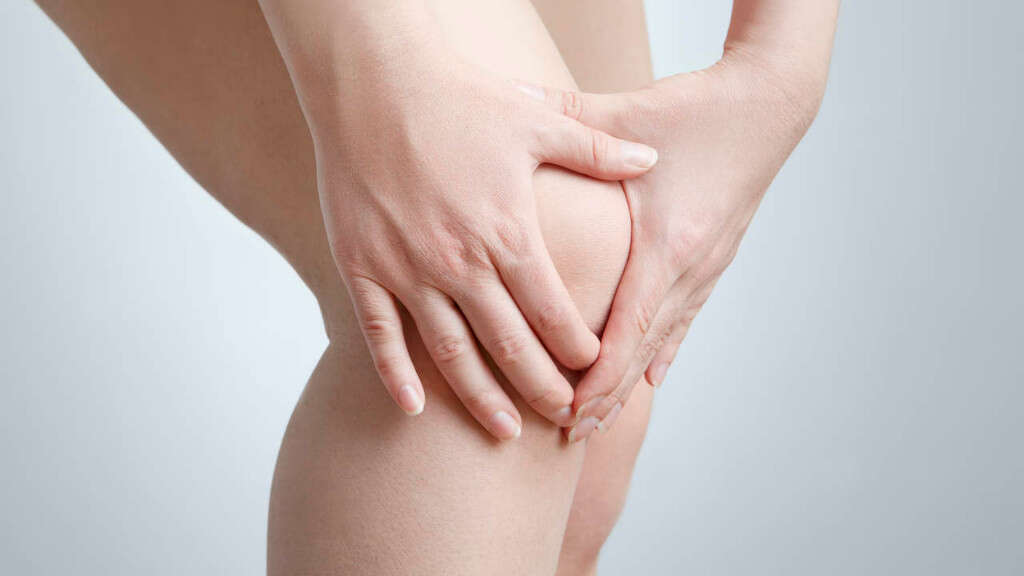
Symptom #2: Early Onset of Osteoarthritis
Osteoarthritis is a condition where there is disease of the joint due to breakdown of joint cartilage and bone. It usually results in joint stiffness, pain, swelling, and decreased motion. In early stages of the disease, there may only be symptoms after exercise but these symptoms gradually become more constant.
Joints that are most commonly affected are in the fingers, base of thumb, knee, hips, neck, and lower back. It can be a disabling condition causing a negative impact on work, daily activities, and quality of life. Common causes of osteoarthritis are abnormal joints, injury, and hereditary disorders such as Ehlers-Danlos syndromes.
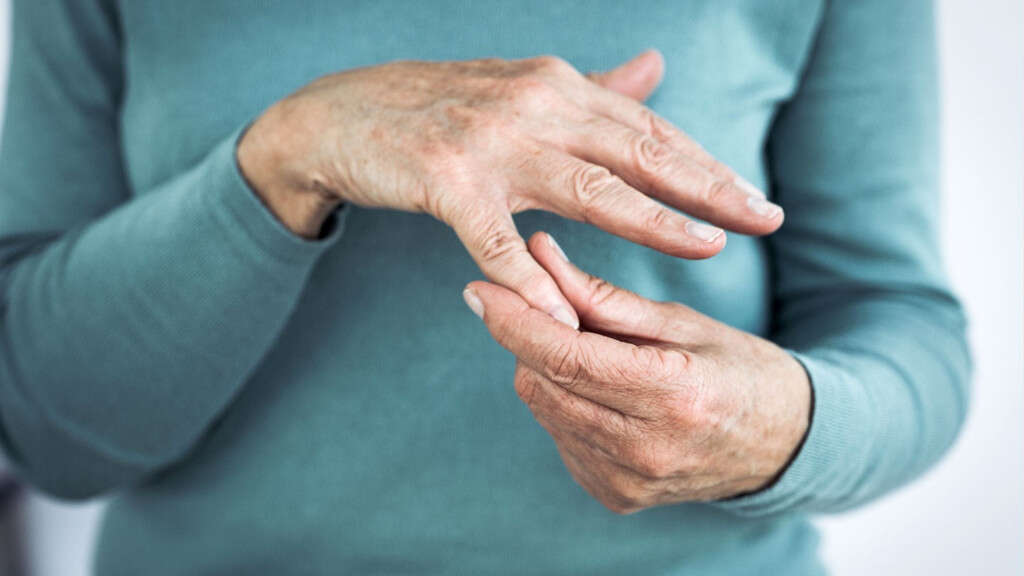
Symptom #3: Deformities of the Spine
Deformities of the spine can be seen in patients with an Ehlers-Danlos syndrome. Some examples include scoliosis, kyphosis, occipitoatlantoaxial hypermobility, and tethered spinal cord syndrome.
Scoliosis is a spinal deformity when there is a sideway curvature of the spine. While mild scoliosis doesn’t cause any issues, severe cases can result with trouble breathing. Kyphosis is the convex curvature of the spine and is often referred to as roundback or hunchback. Like scoliosis, mild kyphosis does not usually cause issues, but severe cases can result in digestion difficulties, breathing issues, pain, discomfort, and more. Spinal deformities in patients with an Ehlers-Danlos syndrome are usually progressive and may require surgical treatment options.
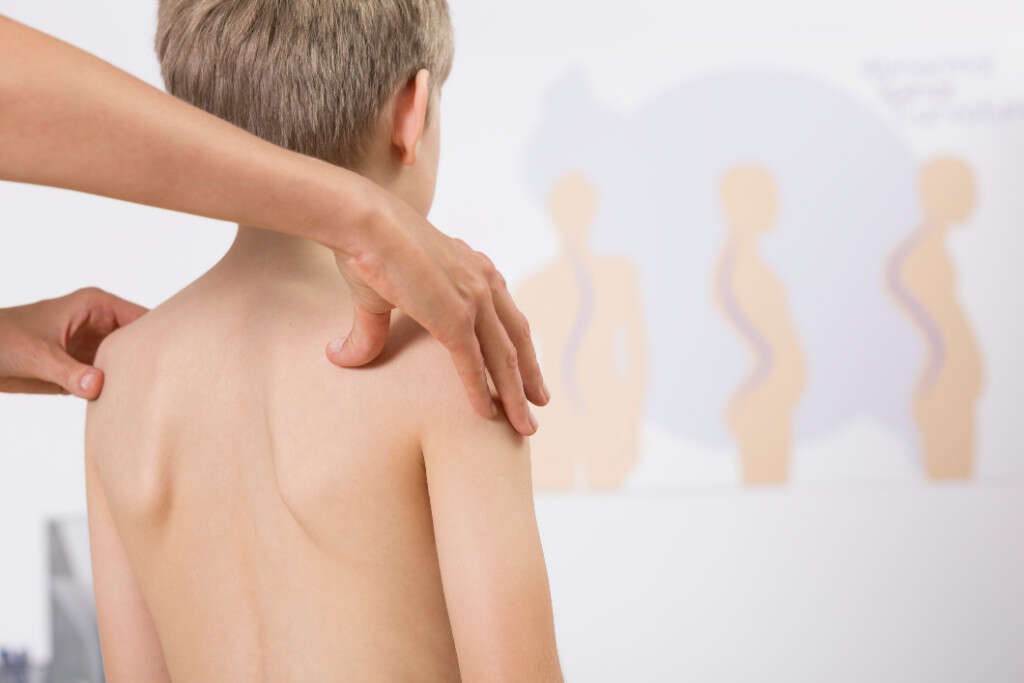
Symptom #4: Myalgia and Arthralgia
Myalgia is a term describing muscle pain while arthralgia refers to joint pain. Both myalgia and arthralgia are common symptoms of various disorders such as injury, overuse, viral infections, nutritional deficiencies, and more.
Both myalgia and arthralgia are also experienced by patients with Ehlers-Danlos syndromes. It can be much more severe and disabling for them. Be sure to speak with your provider about the best long term pain relieving options for you.
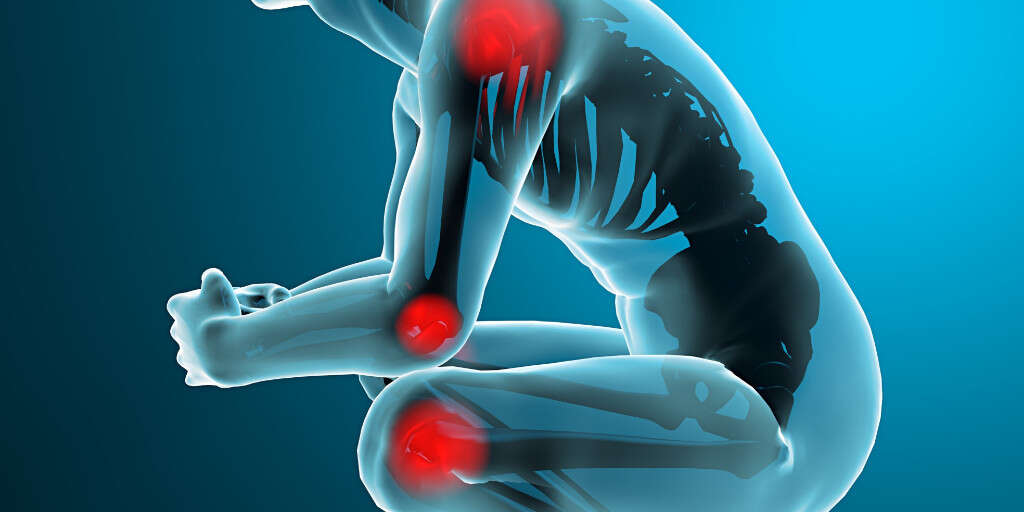
Symptom #5: Skin Issues
Patients with Ehlers-Danlos syndromes tend to have skin issues due to problems with their connective tissue. The weaker connective tissue can result in skin that is fragile and tears easily, easy bruising, and “cigarette paper” scars.
There can also be presence of redundant skin folds as seen on the eyelids, molluscoid pseudotumors, subcutaneous spheroids, petechiae, livedo reticularis, and piezogenic papules. The skin can also appear to be thin, translucent, and hyperelastic.

Symptom #6: Varicose Veins
Varicose veins occur when the veins become twisted and enlarged. It is most commonly seen on the legs, although it can occur in any part of the body. Veins have valves to prevent the regurgitation of blood. The muscles will help pump the veins to help the return of blood to the heart. When there is a defect in the valves in the veins, varicose veins occur. This allows the regurgitation or backflow of blood to pool at the bottom causing the veins to enlarge.
Varicose veins can result in skin thickening, ulceration, leg swelling, and venous eczema. Management includes sclerotherapy, leg elevation, exercise, elastic stockings, and surgery. Varicose veins can occur in those who are obese, pregnant, standing for prolonged durations, and leg injuries. It is also seen in individuals with connective tissue disorders such as Ehlers-Danlos syndromes.
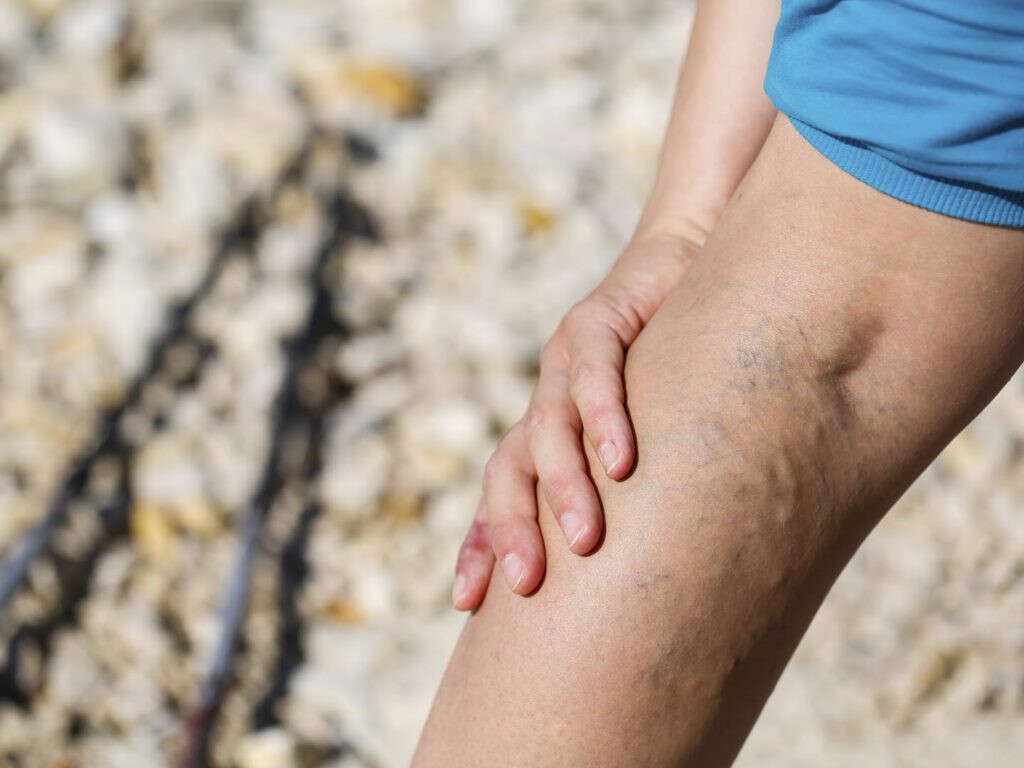
Symptom #7: Valvular Heart Disease
Valvular heart disease refers to disease that involves any one or more of the four heart valves. The four heart valves are the mitral valve, tricuspid valve, aortic valve, and pulmonary valve. Valvular heart disease can occur due to congenital abnormalities, rheumatic heart disease, pregnancy, consequence of aging, and more.
Valvular heart disease can affect the function of the heart. Treatment usually involves the use of medication, but severe cases will require surgical valve replacement or repair. Valvular heart disease and heart conduction abnormalities have been observed in patients with Ehlers-Danlos syndromes.
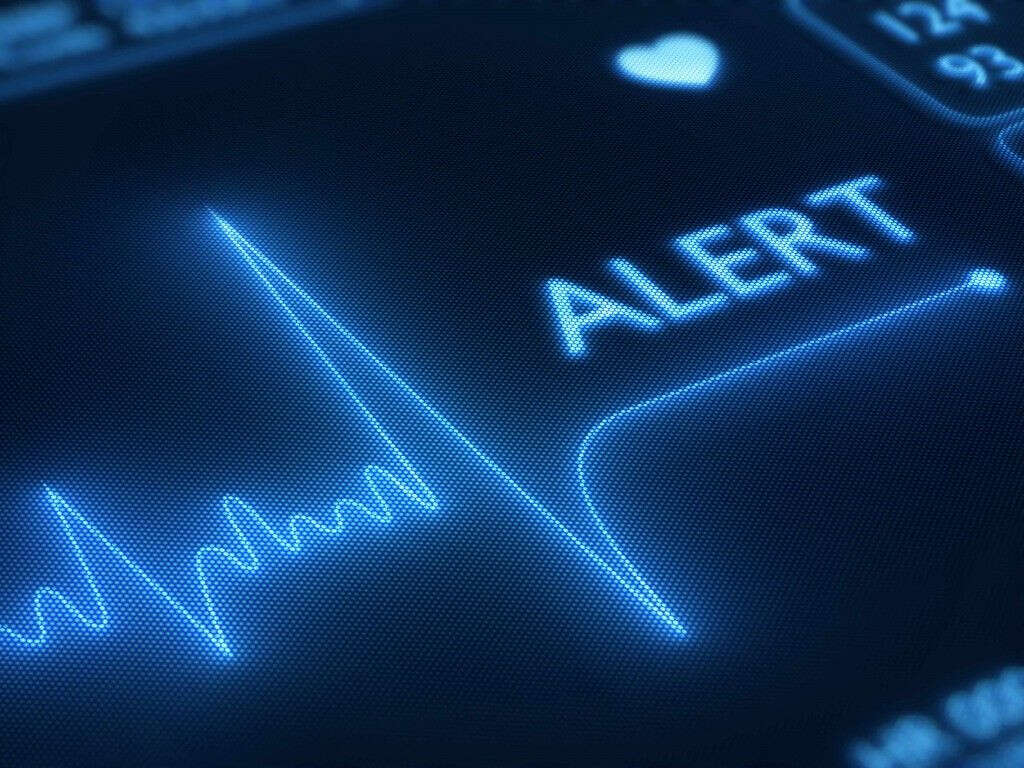
Symptom #8: Deformities of the Fingers
Individuals with Ehlers-Danlos syndromes tend to develop deformities in their fingers such as the swan neck deformity and boutonniere deformity. Swan neck deformity refers to the deformed position of the finger where the joint in the fingertip is flexed while the next joint towards the palm is extended.
In a boutonniere deformity the joint in the fingertip is extended while the next joint towards the palm is flexed. It is opposite of a swan neck deformity and can be seen in patients with Ehlers-Danlos syndromes. Both deformities are also seen in injury and patients with rheumatoid arthritis.
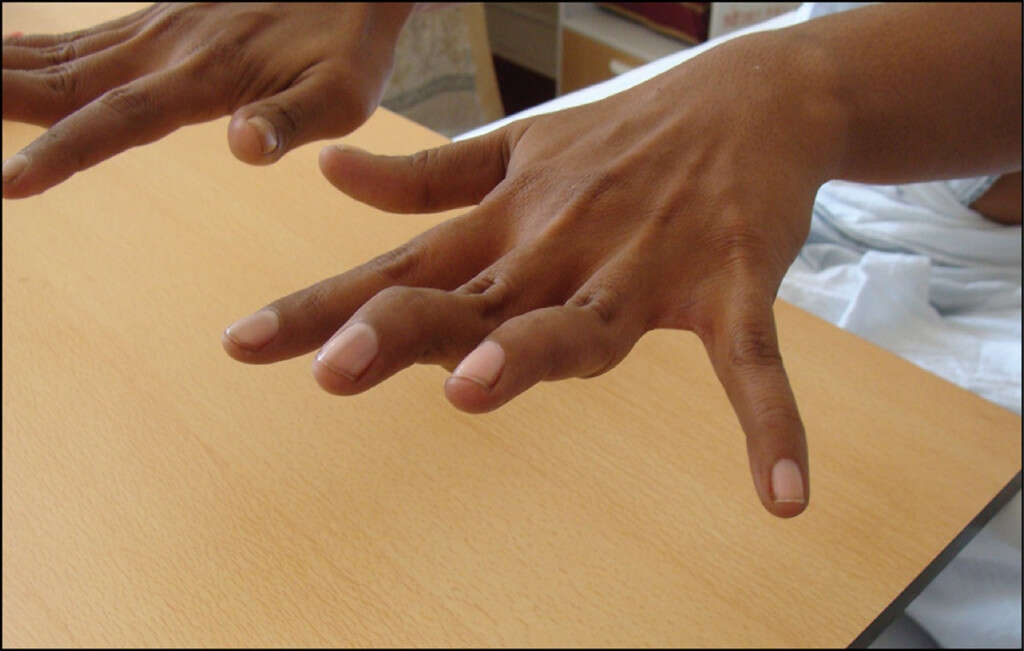
Symptom #9: Frequent Dislocations and Subluxations of Joints
A dislocation occurs when a joint comes out of place. A subluxation refers to when a joint is partially dislocated or momentarily comes out of place but immediately returns to its normal position. Both dislocations and subluxation can be caused by trauma. Individuals with Ehlers-Danlos syndromes are prone to dislocations and subluxations due to their stretchy and loose ligaments that result in less stability.
The treatment for dislocations or subluxations involves closed reduction, where skilled manipulation is performed to return the bones to their normal position. Dislocations and subluxations can cause pain, deformity, bruising, difficulty moving, and stiffness in the affected area. Physical Therapy is recommended to help avoid subluxation or dislocation.

Symptom #10: Hyperextensible Joints
Hyperextensible joints, hypermobility, or double jointedness refers to joints that can stretch more than normal. Good examples would be the ability to bend the thumb backwards to touch the wrist, putting the leg behind the head, and other actions usually seen performed by a contortionist. It can involve one or more joints in the body.
Hyperextensible joints are common and are estimated to affect 10 to 25 percent of the population. It occurs in disorders with connective tissue defects (Loeys-Dietz syndrome, Ehlers-Danlos syndromes, Marfan syndrome), abnormally shaped ends of a bone at a joint, and in those with abnormal joint proprioception.
